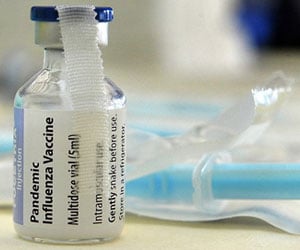
Now, researchers at the the Department of Electrical and Electronic Information Engineering and the Electronics-Inspired Interdisciplinary Research Institute (EIIRIS) at Toyohashi University of Technology has discovered a methodology to temporarily enhance the stiffness of a long, high-aspect-ratio flexible microneedle, without affecting the needle diameter and flexibility in tissue.
"We investigated preparation of a silk base scaffold for a microneedle, quantitatively analyzed needle stiffness, and evaluated the penetration capability by using mouse brains in vitro/in vivo. In addition, as an actual needle application, we demonstrated fluorescenctce particle depth injection into the brain in vivo, and confirm that by observing fluorescenctce confocal microscope" explained the first author, master's degree student Satoshi Yagi, and co-author PhD candidate Shota Yamagiwa.
The leader of the research team, Associate Professor Takeshi Kawano said: "Preparation of the dissolvable base scaffold is very simple, but this methodology promises powerful tissue penetrations using numerous high-aspect-ratio flexible microneedles, including recording/stimulation electrodes, glass pipettes, and optogenetic fibers." He added: "This has the potential to reduce invasiveness drastically and provide safer tissue penetration than conventional approaches."
Source-Medindia










